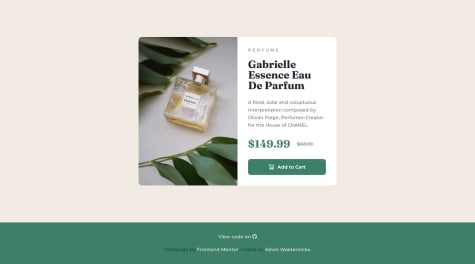Practiced a bit more grids and selecting html elements using css. Grids are really powerful tools.
I highly recommand reading Josh Comeau (https://www.joshwcomeau.com/css/interactive-guide-to-grid/) 's guide on grids - This was beyond useful : it made me review my initial judgement on grid and helped me understand how they work. Priceless article, will definitely keep following him.











